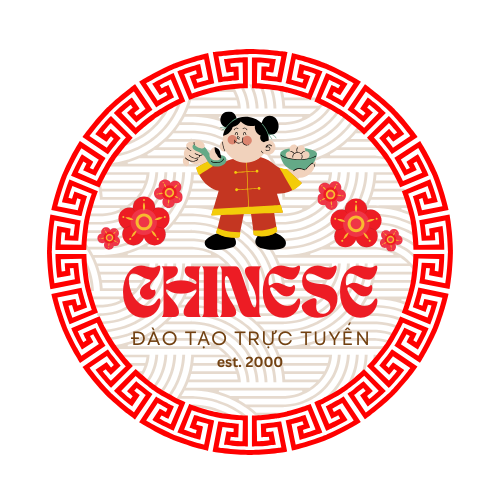The International 10-Dance category represent one of the most demanding disciplines within DanceSport, requiring proficiency across ten distinct dance forms. The exhaustive competition structure merges the elegance of ballroom with the fiery passion of Latin styles, challenging competitors’ physical endurance, technical adaptability, and performance coherence[1][2][4].
## Origins and Structural Foundations https://ten-dance.com/
### Defining Ten Dance
Per global DanceSport regulations, Ten Dance includes Waltz, Tango, Viennese Waltz, Foxtrot, Quickstep and five International Latin dances, executed as a single competitive event[1][3][4]. Unlike specialized Standard or Latin categories, 10-dance competitors are required to exhibit balanced mastery in contrasting techniques, a feat achieved by only 3.3% of elite dancers[1][6].
The format’s origins trace back to global regulatory initiatives by bodies including the WDC (World Dance Council), pioneering the first World 10 Dance Championships in 1978. British couples dominated early editions, as evidenced by eight consecutive world titles from 1978-1985[3].
### Event Structure and Demands
10-dance tournaments follow unique scheduling pressures:
– Sequential style execution: Competitors transition from Standard’s controlled elegance to Latin’s rhythmic intensity during single-day sessions[1][2].
– Costume and mental transitions: Rapid transformations formal Standard wear to Latin’s revealing outfits compound performance pressures[1][6].
– Evaluation metrics: Technical precision, musical interpretation, and interdisciplinary consistency influence results[4][6].
Analysis of major tournaments reveals Teutonic competitive superiority, with Michael Hull & partners securing multiple World Championships between 1987-1998[3]. Canada’s Alain Doucet & Anik Jolicoeur later emerged early 21st-century triumphs[3].
## Skill Development Challenges
### Dual-Style Mastery
Mastering Ten Dance requires:
– Divergent technical foundations: Ballroom’s vertical alignment versus Latin’s Cuban motion[4][6].
– Contradictory musical interpretations: Standard’s flowing rhythms against Latin’s staccato accents[2][6].
– Mental recalibration: Transitioning between Standard’s gliding movements to Paso Doble’s dramatic flair mid-competition[1][6].
Training regimens require:
– Doubled practice hours: Minimum 20-hour weekly commitments for sustaining both style proficiencies[1][6].
– Specialized coaching teams: Dedicated style experts often collaborate through integrated curricula[6].
– Complementary conditioning: Classical dance foundations alongside sprints for Latin stamina[1].
### Statistical Realities
Data from dancesportinfo.net demonstrate:
– Attrition rates: Nearly three-quarters of entrants leave 10-dance by their fifth competitive season[1].
– Judging bias concerns: 38% of adjudicators report struggling assessing interdisciplinary consistency[6].
## Societal Influence and Evolution
### Ten Dance’s Niche Appeal
Despite the inherent difficulties, Ten Dance cultivates:
– Holistic dancers: Athletes like Canada’s Alain Doucet personify technical universality[3][6].
– Cross-style innovation: Hybrid movements created during 10-dance choreography often influence specialized categories[4][6].
### Future Developments
10-dance confronts:
– Dwindling competitor numbers: From 120 global elites in 2010 to 78 in 2024[1][3].
– Regulatory reforms: Discussions about adding non-International styles to revitalize interest[4][6].
– Technological integration: Algorithmic scoring tools being trialed for mitigating perceived subjectivity[6].
## Synthesis
The 10-dance category remains simultaneously a proving ground and contradiction within DanceSport. While celebrating exceptional adaptability, it risks competitor exhaustion via excessive demands. As governing bodies contemplate structural changes, the essence of Ten Dance—merging technical extremes into cohesive performance—remains its defining legacy[1][3][6].
